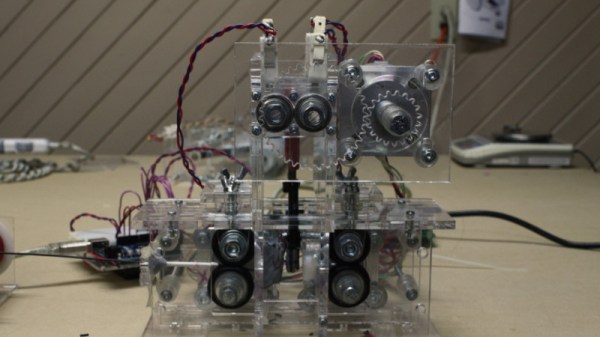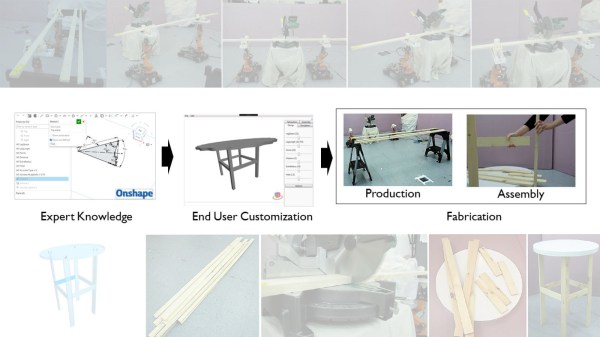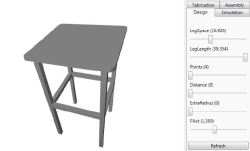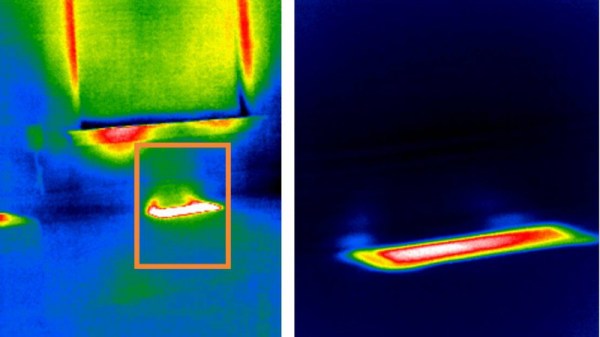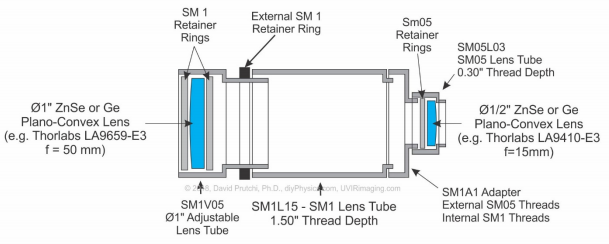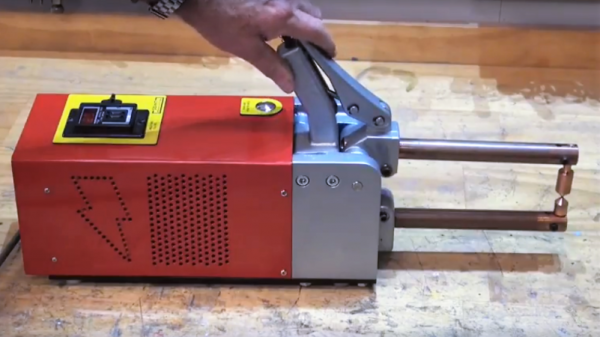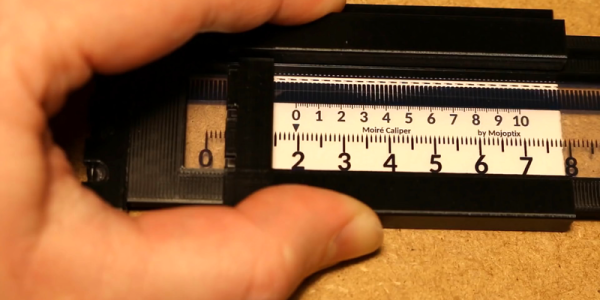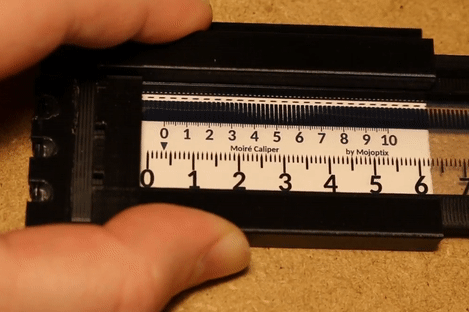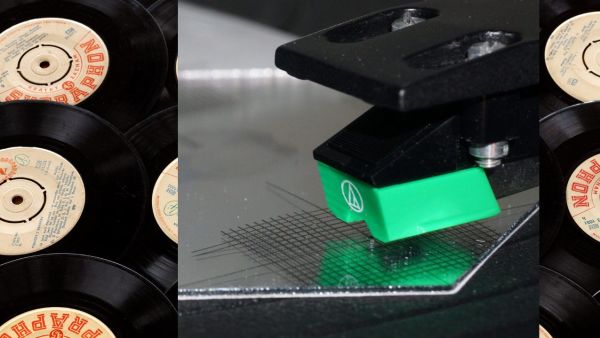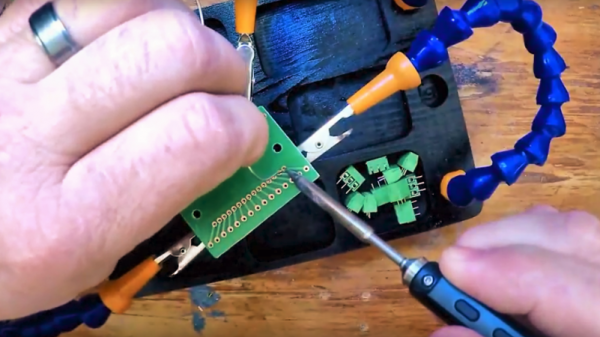Breadboards are a great way to get started with electronics, they can remove the need for soldering which saves time for beginners who are still getting to grips with the basics of electricity, and they allow quick and easy changes to be made without the risk of melting components. However, they do require the stripping of a lot of hook up wires. While these are readily available off-the-shelf, [Stuart] decided a better solution was in order.
The project starts with a set of standard hand-operated wire strippers. A lasercut acrylic frame is then built, with a series of motors and gears to handle the transport of the wire to be stripped and to open and close the jaws of the wire strippers. Wire is fed in, stripped, fed further, stripped again, and then finally cut. The process then begins anew.
The machine is quite pleasant to watch in action, with a series of motors and limit switches helping to control the mechanism. It’s a great way to populate kits that require plenty of hookup wire without having to resort to the more common pressed-on jumper terminals that dominate the post-Arduino era. For context’s sake, this build is from the distant past, circa 2009. Plans to recreate it are available on Thingiverse. Video after the break.
Given this is the future, perhaps you’d prefer your wires laser-stripped instead?
[Thanks to Nikolai for the tip!]

